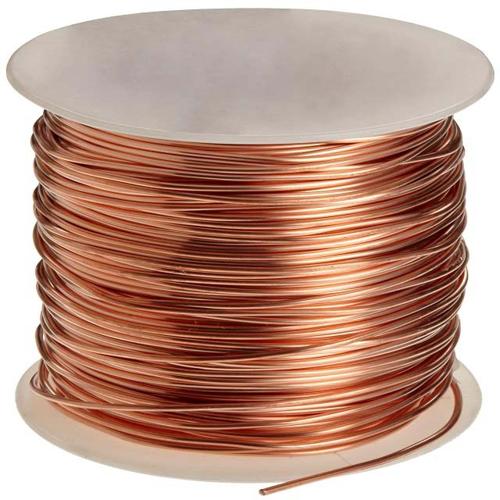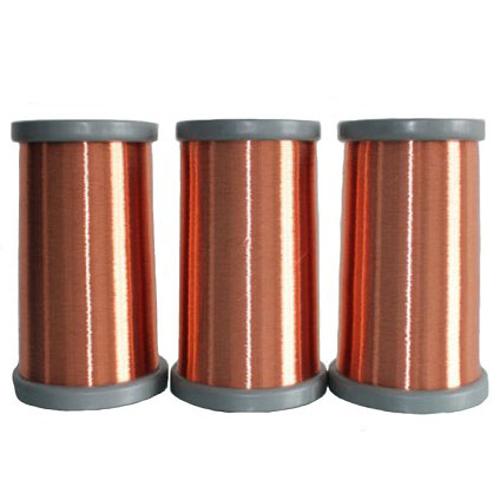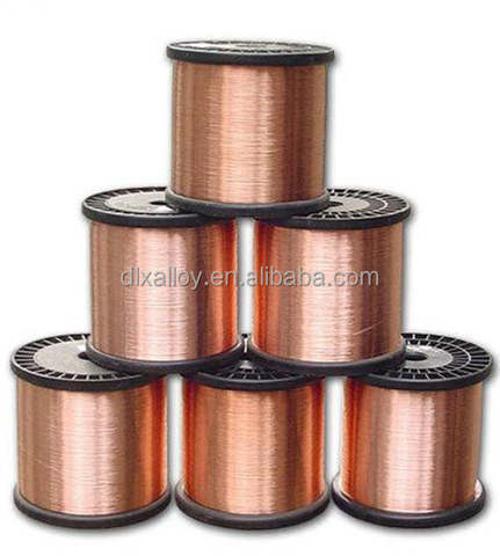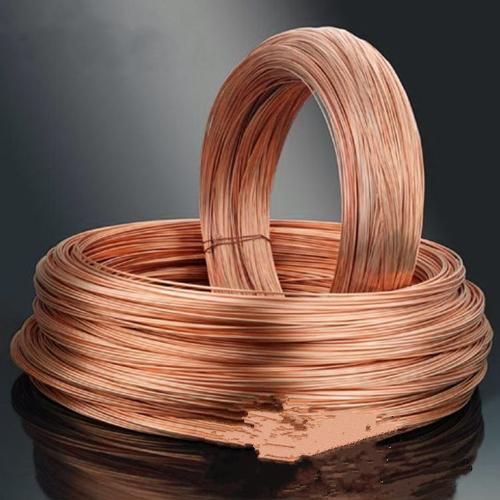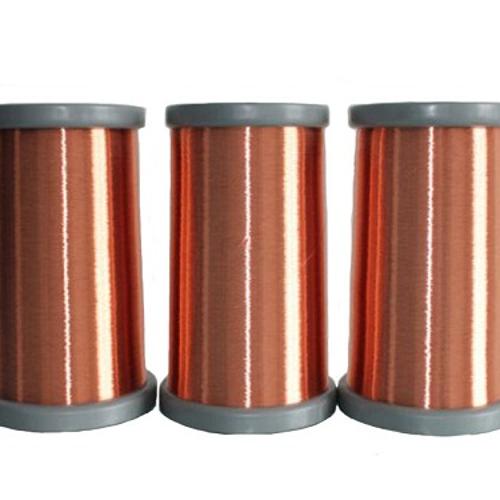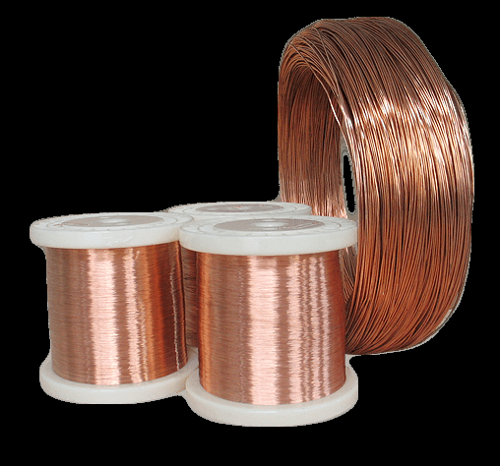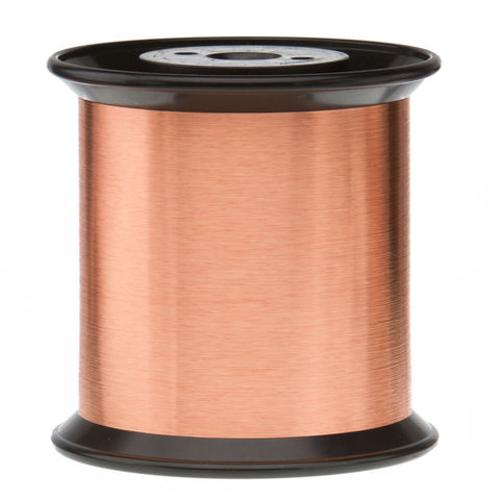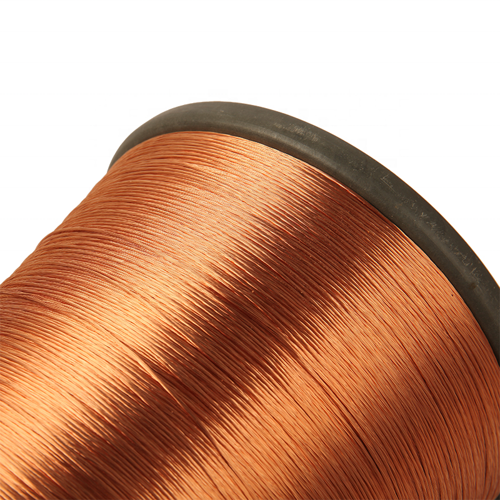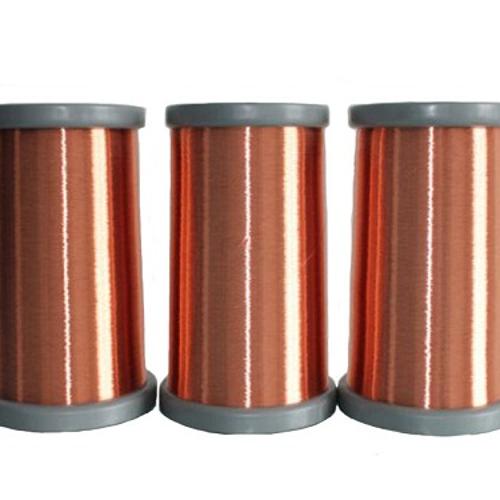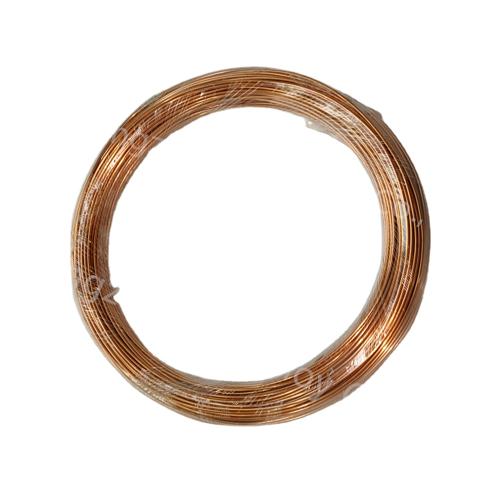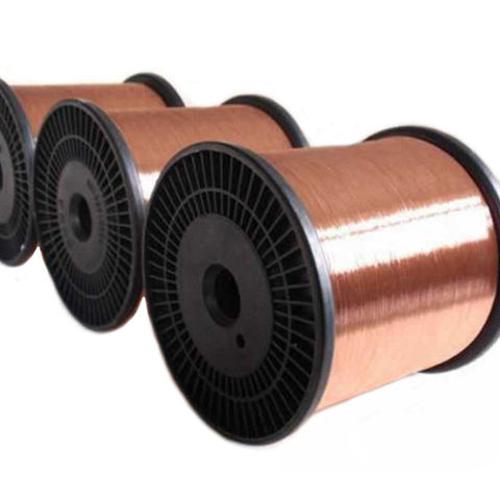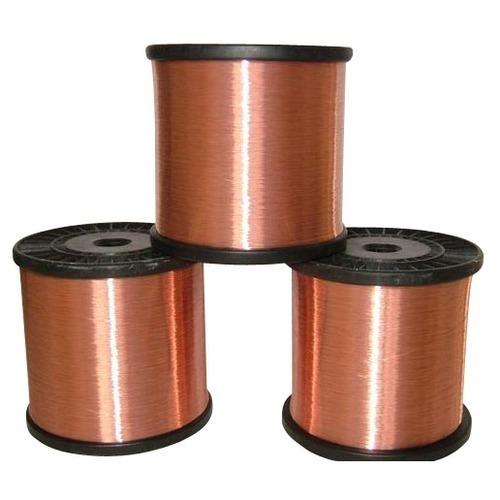Pure Copper Alloy
Pure copper alloys are alloys consisting of pure copper as a base with the addition of one or several other elements.
Copper alloy is a metallic material in which pure copper (also known as purple copper) is the base material. By adding one or more other elements to pure copper, such as zinc, tin, nickel, aluminum, or silicon, copper alloys with different properties can be formed. These alloys typically have desirable properties such as excellent thermal and electrical conductivity, high corrosion resistance, good mechanical strength, and ease of fabrication. There is a wide variety of copper alloys, including brass (a mixture of copper and zinc, often used for decorative purposes, plumbing fixtures, etc.), bronze ( mixture of copper and tin, often used in sculpture, bearings, etc.), and cupro-nickel alloys (also known as white copper, which has excellent resistance to seawater corrosion and is (also known as white copper, which has excellent resistance to seawater corrosion and is often used in marine applications and minting), and so on. In addition, pure copper is an excellent electrical conductor in its own right, while copper alloys can provide additional benefits such as increased strength and improved corrosion resistance. For example, beryllium copper is a copper alloy containing a small amount of beryllium, which provides excellent electrical conductivity, strength and fatigue resistance.
Bronze, a copper-tin alloy, is one of the earliest alloys in the history of mankind and is known for its high strength and low melting point. Bronze's good castability, wear resistance and chemical stability have led to its widespread use throughout history. For example, well-preserved bronze swords unearthed from tomb complexes from the Warring States period to the Eastern Han Dynasty show the high durability of bronze

